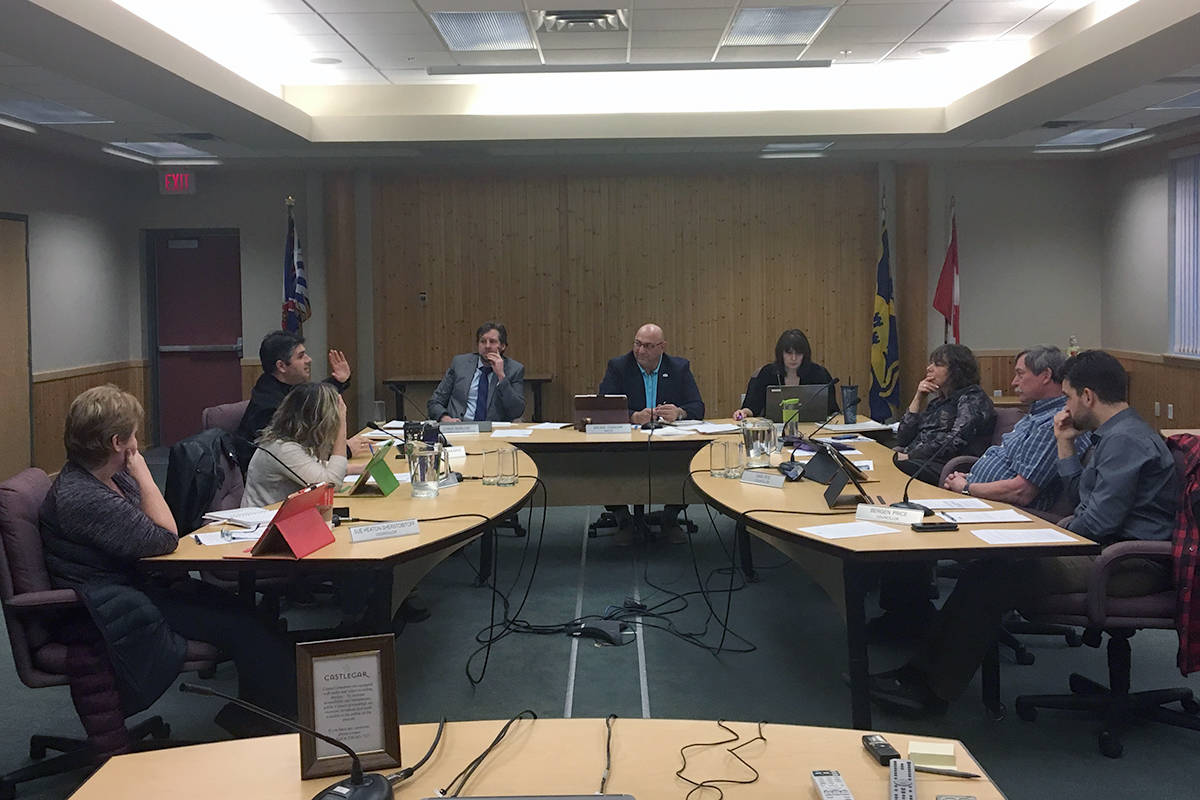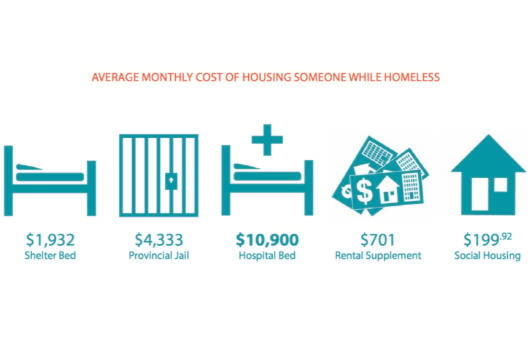A single mother in Castlegar says she has lived the experience outlined in a new report on housing in the city.
Jessica (who didn’t want her last name used) says she spent more than 18 months trying to find an affordable place to live in the city.
“My son and I were homeless for about five months,” she says. “Then we lived in a trailer park in Pass Creek. Then we found a place, but it was $1,200 per month plus utilities. All my money was going into the house.”
“It’s very difficult, if you are low-income or a single parent in Castlegar. It’s extremely difficult because all your money is going into housing, with nothing left over. Your kid can’t do fun stuff, extra-curricular things. It all adds up, and it’s no fun to go to school like that too.”
Jessica’s struggle is reflected in the findings of the 2018 Housing Needs Assessment, released last month.
It gives a snapshot of the housing situation in Castlegar and offers suggestions for helping those most in need of appropriate housing.
While middle-class couples have a variety of houses they can afford to buy, “low and moderate-income households are priced out of the home ownership market, and remain in rental housing,” the report says.
“With escalating rental prices, and little diversity in housing stock, vulnerable populations, such as low-income seniors, lone-parent families, students, persons with disabilities, women fleeing domestic violence, and those at risk of experiencing homelessness, face considerable challenges securing rental housing,” it continues.
SEE: City of Castlegar 2018 Housing Assessment
The report, done by CitySpaces Consulting, used housing data, census information, and phone interviews to develop a picture of the state of housing in the city.
Hard market for less fortunate
The report paints a grim picture of the city’s housing market, especially for people in need.
“Although overall housing affordability in the Castlegar area is better than in other parts of B.C., housing appears to be unaffordable for many vulnerable groups,” the report says. “With rising rental prices, low-income households are struggling to secure adequate, affordable, and suitable rental accommodation.”
While household incomes have generally increased by 26.8 per cent, it says the sale price of homes have risen anywhere from 25 per cent from single-detached homes to 39 per cent for townhouses.
It also found people looking for support from the Residential Assistance Program and Shelter Aid for Elderly Renters has increased from 53 recipients to 385.
The report notes no new rental units were built in the city between 2012 and 2017, while the vacancy rate dropped from 3.7 per cent to 2.3 per cent. In roughly the same time period, rents increased for apartments and row houses from $611 in 2011, to $742 in 2016. (Poverty advocates dispute those numbers, saying rental rates are much higher than reported.)
“In the Castlegar area, the predominant form of housing is single-detached and the most common form of tenure is ownership,” the report continues. “While these homes are generally in good condition, and are affordable to most couple households in the area, the lack of diversity of other housing forms creates notable housing gaps for priority groups in need.”
And while the rental market is generally healthy, “community stakeholders emphasized rental vacancies in Castlegar are limited, and additional rental housing is needed to accommodate international students from Selkirk College,” the report says.
“While rental units may be available, they may not necessarily be affordable to all households, thus creating the sense of limited vacancies for those households that require more affordable units.”
City has role to play
The report recommends changes to city bylaws to help housing to meet those in need.
“Zoning plays an integral role in shaping the housing form within a community and, as part of a scheduled zoning review this fall, staff will be recommending amendments intended to increase housing diversity, affordability and accessibility,” a summary of the report says.
This may also include proposing development charge reductions and tax exemptions for mixed use and multi-family developments, and allowing developers to increase density of their projects in exchange for providing more affordable units.
City staff have had initial conversations with BC Housing to explore funding opportunities that best address the housing gaps for the priority groups identified in the assessment. They’ll come back to council with recommendations later this year.
However, the report indicates no quick fixes are likely.
“With rising rental and home ownership prices in many Kootenay and Okanagan communities, Castlegar will likely continue to encounter affordability challenges,” it says.
‘Go to Trail’
In the meantime, Jessica has found affordable housing through Community Services. At $650 per month, she at least has a little to live on after covering her base expenses.
She has advice for people looking for affordable housing in Castlegar.
“Go to Trail,” she says. “It’s more affordable there. I can’t. My boy’s been in school here his whole life, I don’t want to move him.
“But you shouldn’t force people to move. We really need rental subsidy for everyone, not just single parents, and we need more affordable housing.”

